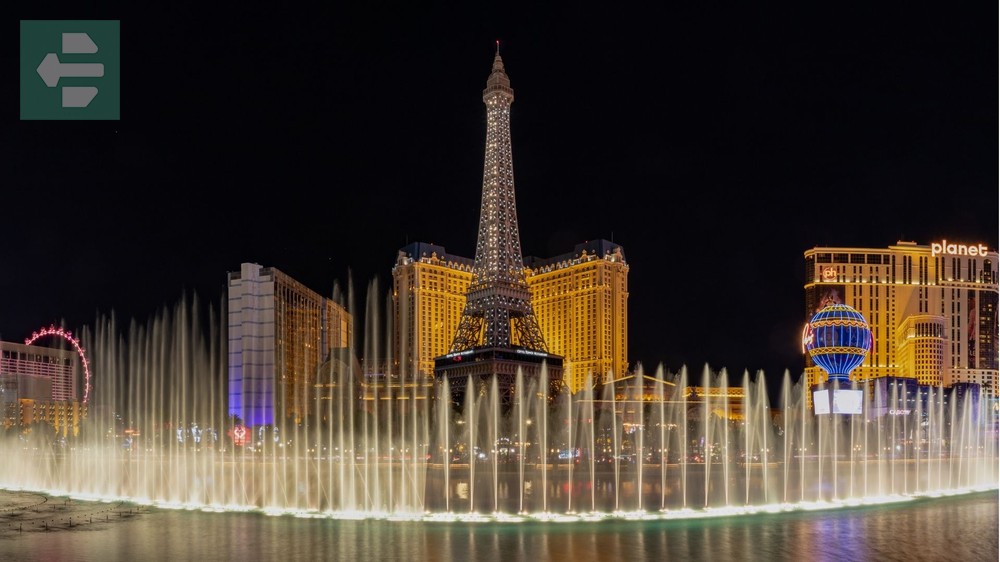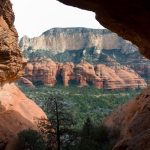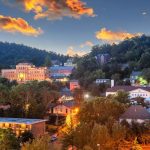Las Vegas offers experiences that range from world-class entertainment to stunning natural landscapes. The best places to visit in Las Vegas include The Strip's iconic casinos, Red Rock Canyon's desert beauty, and Hoover Dam's engineering marvel.
Whether you seek the neon lights of Fremont Street or the tranquil waters of Lake Mead, Vegas delivers unforgettable moments beyond the gaming tables.
List of Contents
- 1. The Strip: America's Playground
- 2. Bellagio Fountains: Dancing Water Symphony
- 3. Red Rock Canyon: Desert Sanctuary
- 4. Fremont Street: Old Vegas Soul
- 5. High Roller: Sky-High Perspective
- 6. Valley of Fire: Ancient Artistry
- 7. Hoover Dam: Engineering Monument
- 8. Neon Museum: Electric History
- 9. Mob Museum: Crime and Justice
- 10. Grand Canyon West: Natural Wonder
- 11. Lake Mead: Desert Oasis
- 12. Springs Preserve: Desert Education
- Your Vegas Adventure Awaits
1. The Strip: America's Playground
The Strip stretches 4.2 miles through the heart of Las Vegas. Here, massive hotels rise like monuments to excess and imagination. Each casino tells its own story through architecture and atmosphere.

I walked The Strip at 3 AM on a Tuesday in March. The crowds had thinned, but the lights still blazed. That's when Vegas reveals its true character—a city that never truly sleeps, where someone is always chasing a dream.
Take the free trams between hotels. Your feet will thank you after mile three.
Quick Facts:
- Peak Season: March-May, September-November
- How to Get There: McCarran Airport, then taxi/rideshare
- Entrance Fee: Free to walk, individual attractions vary
- Suggested Duration: 2-3 days
- Notable Spots: Caesars Palace, MGM Grand, Wynn, Paris Las Vegas
2. Bellagio Fountains: Dancing Water Symphony
The Bellagio Fountains perform every 15 minutes in the evenings. More than 1,200 water jets dance to music ranging from Sinatra to Celine Dion. The show combines precision engineering with artistic choreography.
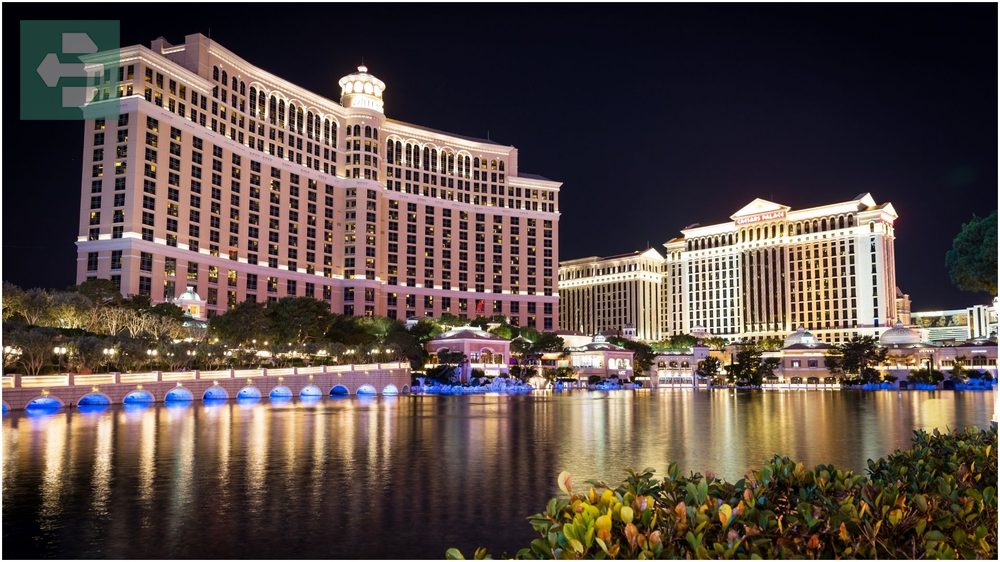
Stand at the barrier closest to the fountain. The mist reaches you during windy evenings, adding a sensory element to the visual spectacle.
The fountain uses recycled water and LED lights, making each performance both beautiful and sustainable.
Quick Facts:
- Peak Season: Year-round
- How to Get There: Walk along The Strip to Bellagio
- Entrance Fee: Free
- Suggested Duration: 30 minutes
- Notable Spots: Bellagio Conservatory, Casino floor
3. Red Rock Canyon: Desert Sanctuary
Red Rock Canyon sits 17 miles west of The Strip. The 13-mile scenic drive winds through ancient sandstone formations that glow amber and crimson at sunset. This conservation area preserves Mojave Desert ecosystem.
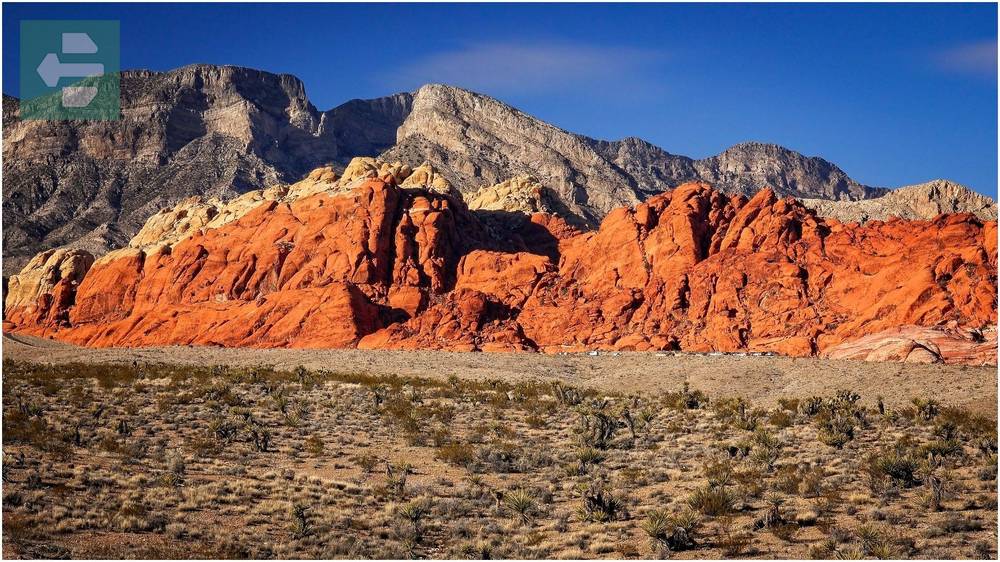
The best light happens one hour before sunset. I've watched shadows creep across the canyon walls as the rock changes from pale yellow to deep red. It's a reminder that beauty exists beyond human creation.
Bring water and wear hiking boots if you plan to explore the trails.
Quick Facts:
- Peak Season: October-April
- How to Get There: 30-minute drive from Las Vegas
- Entrance Fee: From $15 per vehicle
- Suggested Duration: Half day
- Notable Spots: Calico Tanks Trail, Ice Box Canyon
4. Fremont Street: Old Vegas Soul
Fremont Street Experience covers five blocks with the world's largest video screen canopy. This pedestrian mall preserves downtown Las Vegas history while embracing modern entertainment.
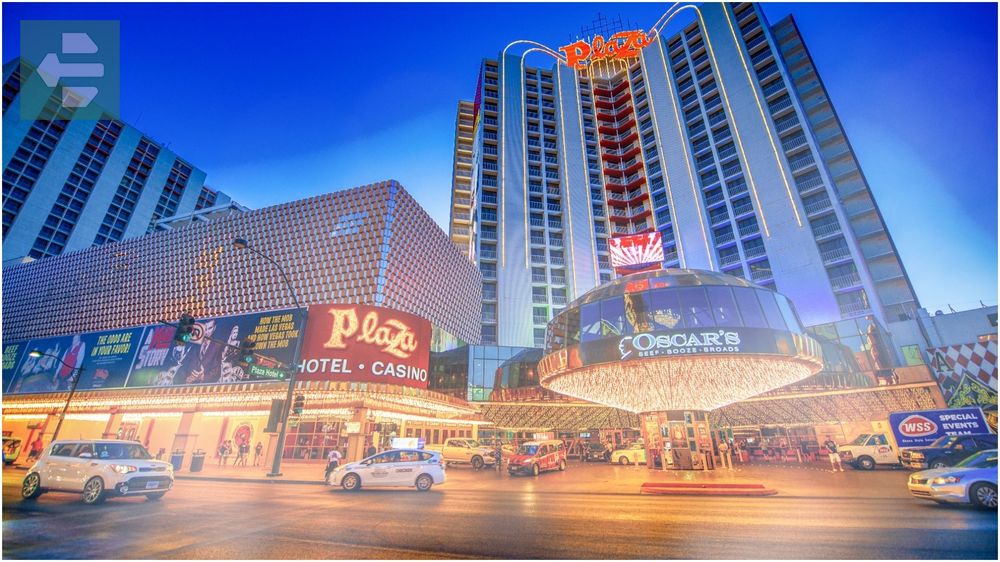
Street performers work the crowds here. Musicians, magicians, and costumed characters create an atmosphere that feels more authentic than The Strip's corporate polish.
Visit after dark when the LED canopy comes alive with light shows every hour.
Quick Facts:
- Peak Season: Year-round, cooler in evenings
- How to Get There: Downtown Las Vegas, taxi from Strip
- Entrance Fee: Free to walk
- Suggested Duration: 2-3 hours
- Notable Spots: Golden Nugget, Four Queens, El Cortez
5. High Roller: Sky-High Perspective
The High Roller stands 550 feet tall, making it the world's largest observation wheel. Each cabin holds up to 40 people for a 30-minute rotation that offers 360-degree views of Las Vegas Valley.

Book the sunset time slot. As you reach the top, the desert stretches endlessly while the city lights begin their nightly performance below.
The wheel moves slowly enough that you barely feel the motion, making it comfortable for those sensitive to heights.
Quick Facts:
- Peak Season: Year-round
- How to Get There: Located at The LINQ Promenade
- Entrance Fee: From $25
- Suggested Duration: 30 minutes
- Notable Spots: The LINQ Hotel, LINQ Promenade shops
6. Valley of Fire: Ancient Artistry
Valley of Fire showcases red sandstone formations created 150 million years ago. Petroglyphs left by ancient peoples tell stories on canyon walls. The park spans 40,000 acres of geological wonder.
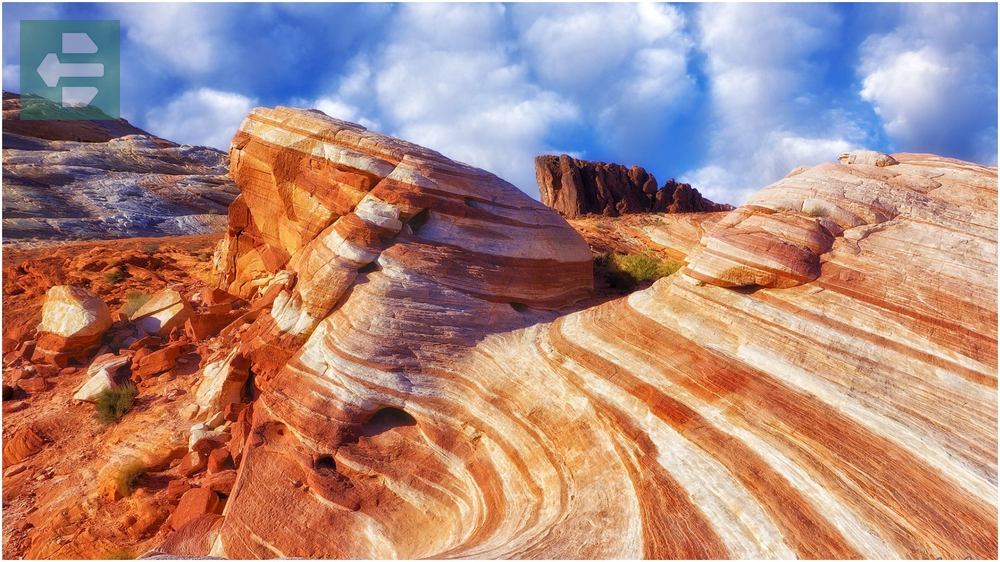
Take the White Domes Trail early morning. The rock formations create natural shade, and wildlife is more active before the desert heat peaks.
Rangers offer guided tours that reveal hidden petroglyphs and explain the area's geological history.
Quick Facts:
- Peak Season: October-April
- How to Get There: 55 miles northeast of Las Vegas
- Entrance Fee: From $10 per vehicle
- Suggested Duration: Full day
- Notable Spots: Fire Wave, White Domes, Elephant Rock
7. Hoover Dam: Engineering Monument
Hoover Dam spans the Colorado River between Nevada and Arizona. Construction required 3.25 million cubic yards of concrete and took five years to complete. The structure creates Lake Mead, America's largest reservoir.
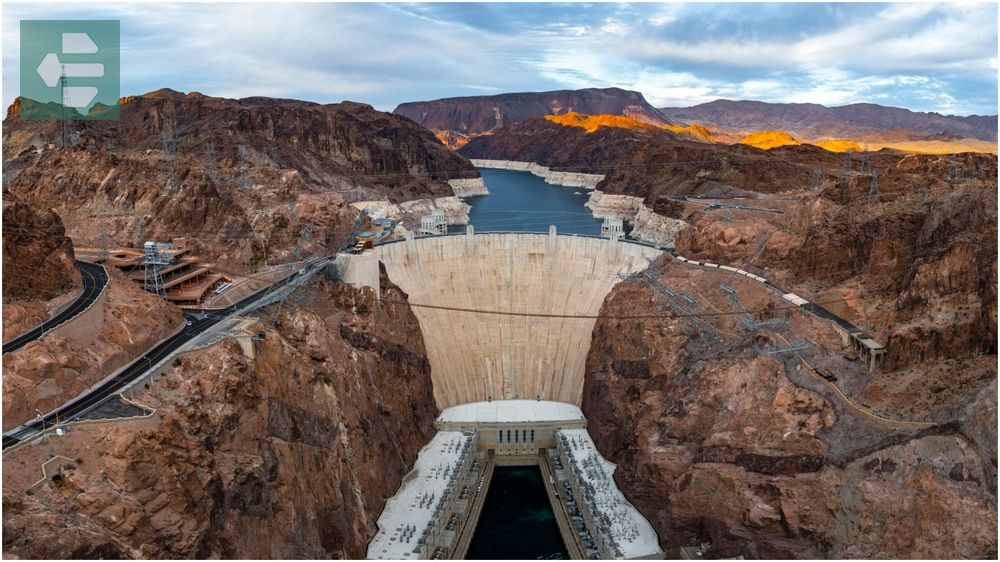
Stand on the dam's walkway and look down 726 feet to the river below. The scale becomes real when you see the tiny boats navigating the water.
Take the power plant tour to understand how this 1930s marvel still generates electricity for three states.
Quick Facts:
- Peak Season: October-April
- How to Get There: 30 miles southeast of Las Vegas
- Entrance Fee: From $15 for tours
- Suggested Duration: 2-3 hours
- Notable Spots: Visitor Center, Power Plant, Memorial Bridge
8. Neon Museum: Electric History
The Neon Museum preserves Las Vegas's iconic signs in an outdoor gallery called the Neon Boneyard. More than 200 signs tell the story of the city's evolution from desert outpost to entertainment capital.

The guided tour reveals stories behind each sign. You'll learn about the craftsmanship required to bend glass tubes into letters that spelled dreams for millions of visitors.
Book the night tour when restored signs illuminate the desert darkness.
Quick Facts:
- Peak Season: October-April
- How to Get There: Downtown Las Vegas area
- Entrance Fee: From $25
- Suggested Duration: 1-2 hours
- Notable Spots: Neon Boneyard, North Gallery
9. Mob Museum: Crime and Justice
The Mob Museum occupies the former federal courthouse where organized crime trials took place. Interactive exhibits detail the battle between law enforcement and organized crime in America.

The basement speakeasy serves prohibition-era cocktails in an authentic setting. It's the only place where you can legally drink moonshine while learning about its illegal past.
Don't miss the crime lab experience where you can analyze evidence from famous cases.
Quick Facts:
- Peak Season: Year-round
- How to Get There: Downtown Las Vegas
- Entrance Fee: From $27
- Suggested Duration: 2-3 hours
- Notable Spots: Courtroom, Crime Lab, Underground Speakeasy
10. Grand Canyon West: Natural Wonder
Grand Canyon West offers views of the canyon's western rim from Hualapai tribal land. The Skywalk extends 70 feet beyond the rim with a glass floor 4,000 feet above the Colorado River.

I stood on that glass floor watching eagles circle below my feet. The vastness makes you feel both insignificant and privileged to witness such geological artistry.
Visit early morning for clearer skies and fewer crowds at the Skywalk.
Quick Facts:
- Peak Season: March-May, September-November
- How to Get There: 2.5 hours from Las Vegas by car
- Entrance Fee: From $49
- Suggested Duration: Full day
- Notable Spots: Skywalk, Eagle Point, Guano Point
11. Lake Mead: Desert Oasis
Lake Mead provides 247 square miles of recreation area behind Hoover Dam. The lake offers boating, fishing, and swimming in the Nevada desert. Ancient volcanic formations create dramatic backdrops.

Rent a boat and explore hidden coves accessible only by water. The contrast between desert landscape and blue water creates an almost surreal environment.
Water levels fluctuate seasonally, revealing ghost towns and geological formations usually underwater.
Quick Facts:
- Peak Season: April-October for water activities
- How to Get There: 30 minutes from Las Vegas
- Entrance Fee: From $10 per vehicle
- Suggested Duration: Full day
- Notable Spots: Boulder Beach, Callville Bay, Hemenway Harbor
12. Springs Preserve: Desert Education
Springs Preserve encompasses 180 acres dedicated to Las Vegas Valley's natural and cultural history. Interactive museums, botanical gardens, and trails showcase desert life and conservation efforts.

The butterfly habitat houses species from around the world in a climate-controlled environment. Walking through feels like discovering a secret garden in the desert.
Attend the evening programs when desert animals are most active and temperatures become comfortable.
Quick Facts:
- Peak Season: October-April
- How to Get There: 15 minutes from downtown Las Vegas
- Entrance Fee: From $19
- Suggested Duration: Half day
- Notable Spots: Museums, Butterfly Habitat, Trails
Your Vegas Adventure Awaits
Las Vegas transforms every visitor's expectations. The city balances natural wonders with human creativity in ways that surprise even seasoned travelers.
Pack comfortable walking shoes and an open mind. The best places to visit in Las Vegas reward those who explore beyond first impressions.
Your perfect Vegas story is waiting to be written.
